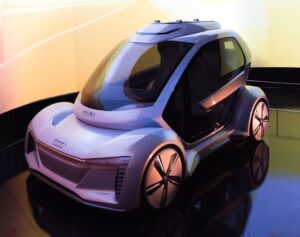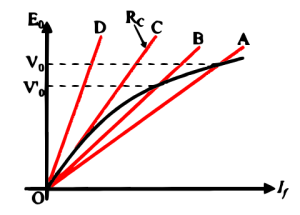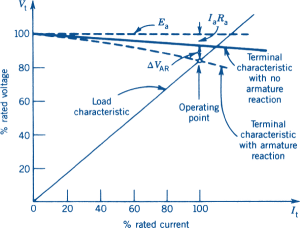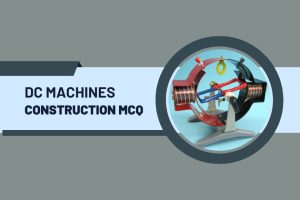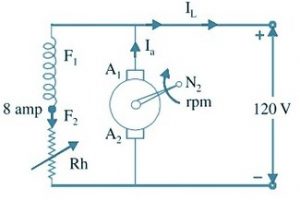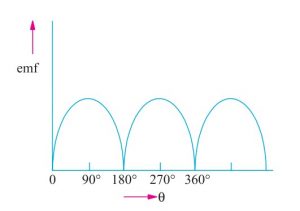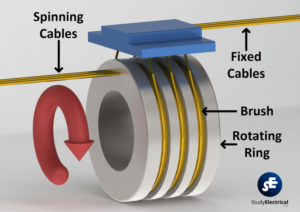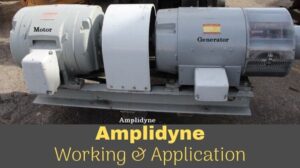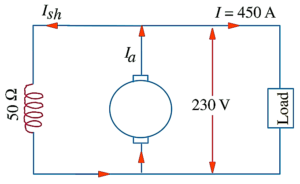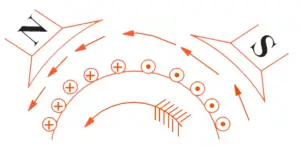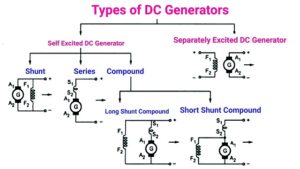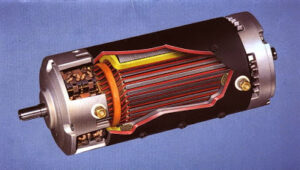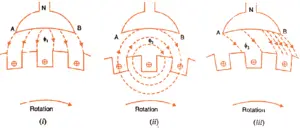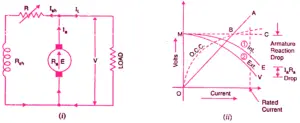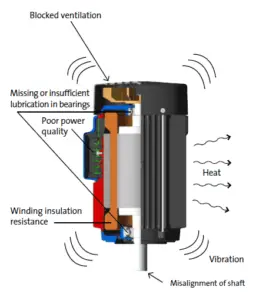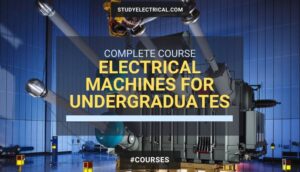Archives
A dc generator is an electrical machine which converts mechanical energy into direct current electricity. This energy conversion is based on the principle of production of dynamically induced emf. Learn everything related to dc generator from this page.
DC Generator Latest Posts
DC Generator
Read the latest articles published on DC Generator here.
Why did Cars Switch from DC Generators to Alternators
Critical Field Resistance of DC Shunt Generators
Beginner’s Guide to Separately Excited DC Generator
DC Machines Construction MCQ Objective Question Quiz with Answer
DC Generator Problems and Solution: EMF Equation of DC Generator
EMF Equation of DC Generator: Derivation with Examples
Slip Rings and Their Connection to Modern Engineering
Amplidyne – Working and Application
DC Generator Popular Posts
DC Generator
Read the popular articles published on the topic DC Generator here.
6 DC Generator Problems with Solution – Types of DC Generator
Back EMF and Its Significance in DC Motor
Types of DC Generator – Series, Shunt and Compound
Losses in DC Machine ( DC Generator and Motor )
Amplidyne – Working and Application
Armature Reaction in DC Generator
Characteristics of DC Shunt Generator
Electric Motor Maintenance : Preventive, Predictive and Reactive Maintenance
DC Generator Courses
DC Generator
Find your favorite courses on DC Generator from different universities all around the world.
Electrical Machines for Undergraduates
Electrical machines for undergraduates is a complete course to start learning electrical machines. This course covers all electrical machines such as Transformers, DC machines, Induction…
DC Generator Solved Problems
DC Generator
Practice problems and solution on DC Generator.
6 DC Generator Problems with Solution – Types of DC Generator
DC Generator Problems and Solution: EMF Equation of DC Generator
DC Generator MCQ
DC Generator
Practice multiple choice questions on DC Generator.
